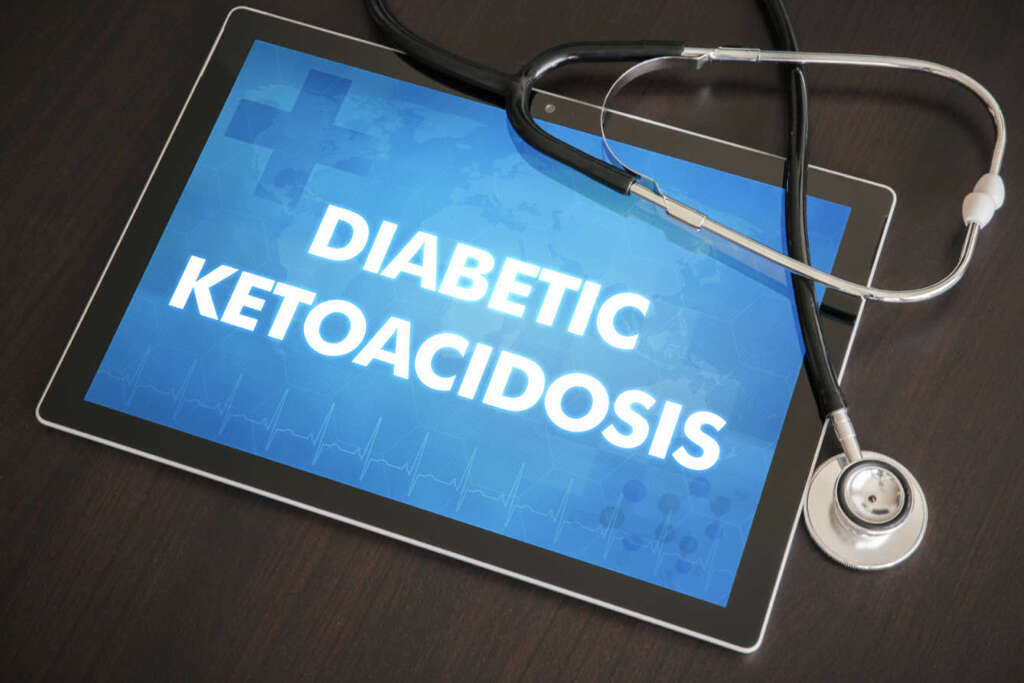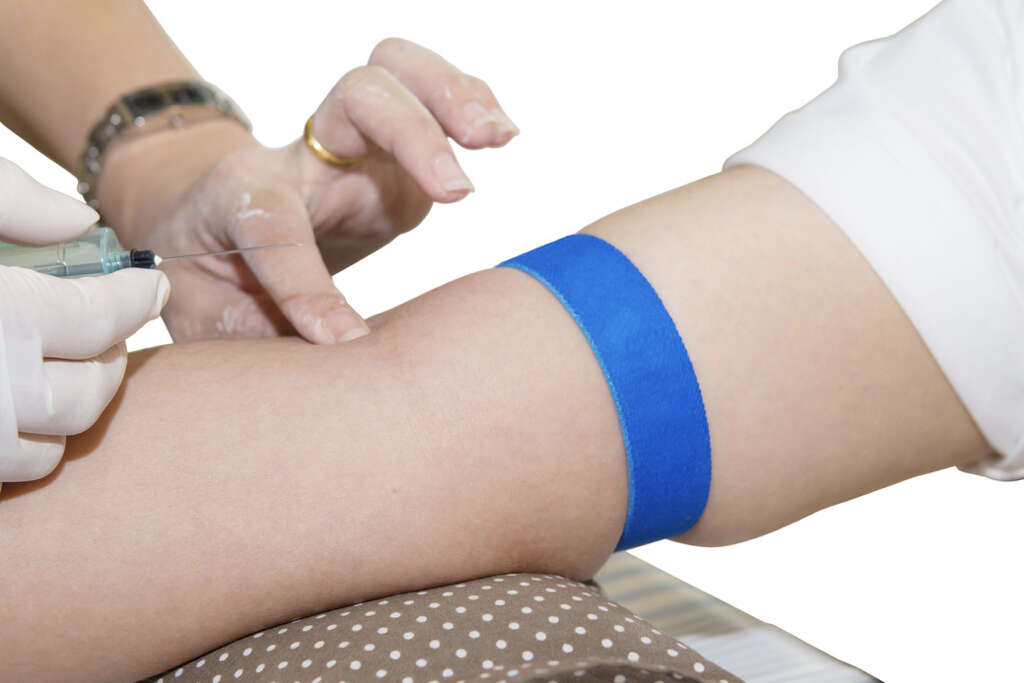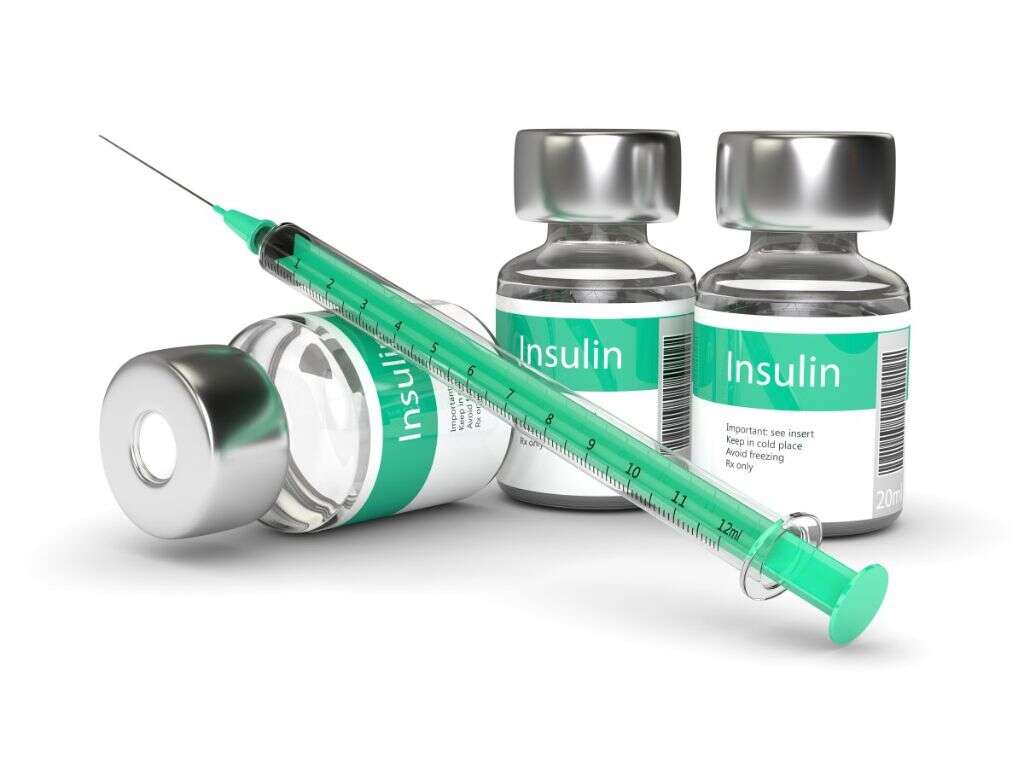What Is Diabetic Ketoacidosis?
Diabetic ketoacidosis is a life-threatening complication of diabetes. Although it mostly occurs in type 1 diabetics, it can also occur in type 2 diabetics. The symptoms usually begin rapidly and can be triggered by infection, stroke, not taking insulin correctly, and medications such as steroids.
Diabetic ketoacidosis results due to an insulin shortage, which causes the body to burn fatty acids. This leads to the production of acidic ketone bodies. It can be defined as having serum concentration of more than 5mEq/L, blood sugar more than 250 mg/dL, and blood pH less than 7.3.

1. Causes
As briefly mentioned, the commonest causes of diabetic ketoacidosis are an underlying infection (40%), disruption with insulin treatment (25%), and undiagnosed or newly diagnosed diabetes (15%). If categorized based on subtypes of diabetes, causes of diabetic ketoacidosis in type 1 diabetes are insulin deficiency, poor insulin compliance, omission of insulin, bacterial infection, stress (medical, surgical, emotional), failure of insulin infusion pump, or no identifiable cause. In type 2 diabetes, diabetic ketoacidosis can occur during illness (such as pneumonia, urinary tract infection, prostatitis, heart attack) and medications (clozapine, corticosteroids). It can also occur in pregnant women who have gestational or preexisting diabetes due to physiological changes in pregnancy.

2. Statistics
Diabetic ketoacidosis has been found to account for 14% of hospital admissions of diabetics and 16% of fatalities related to diabetes. About 50% of hospital admissions among young individuals are related to diabetic ketoacidosis. Mostly seen among type 1 diabetics, the incidence is estimated to be 2 episodes per 100 patient years of diabetes.
In developing countries, the incidence of diabetic ketoacidosis is unknown, but is postulated to be higher compared to industrialized nations. Incidence has been observed to be higher in Caucasians and females. Among type 1 diabetics, it is more common in younger patients. In the United Kingdom, 4% of type 1 diabetics develop diabetic ketoacidosis, while in Malaysia, it is estimated to affect 25% of type 1 diabetics annually.

3. Signs and Symptoms
Some of the signs and symptoms of diabetic ketoacidosis include increased urination, increased thirst, generalized weakness, fatigue, malaise (general feeling of discomfort or being unwell), nausea, vomiting, abdominal pain (can be severe), loss of appetite, decreased perspiration, mild disorientation, confusion, and coma.
When diabetic ketoacidosis occurs due to an ongoing infection, some symptoms of an infection are fever, chills, breathlessness, joint pain, coughing, chest pain, and palpitations. Onlookers may observe that the patient appears ill, has labored respiration, dry skin, dry mucous membranes, feels cold, and has a characteristic acetone (ketotic) breath odor. It can be described as a “fruity” smell or like “pear drops.”

4. Diagnosis Investigations
Diabetic ketoacidosis can be diagnosed when there is a combination of high blood glucose (hyperglycemia), acidosis, and the presence of ketones in the blood or urine. Ten percent of patients with diabetic ketoacidosis do not have significantly elevated high blood glucose. This is known as euglycemic diabetic ketoacidosis.
To detect acidosis, a pH measurement can be performed on blood collected from a vein or artery. Ketones can be detected through the urine and blood. Blood samples can also be used to determine urea and creatinine function to assess kidney function and electrolyte levels. A complete blood count and C-reactive protein can be used to determine if there is any ongoing infection. A chest X-ray and urinalysis may be beneficial to exclude other sources of infection. A computed tomography (CT) scan can be used to assess the severity of cerebral edema and presence of stroke.

5. Diagnosis Criteria
Diabetic ketoacidosis can be distinguished from other diabetes-related emergencies due to the large amounts of ketones in both the urine and blood along with marked metabolic acidosis. Ketoacidosis does not only occur in diabetes but also in starvation and excess alcohol consumption.
The American Diabetes Association has divided diabetic ketoacidosis into 3 stages of severity. Mild cases have an alert patient, mildly decreased blood pH between 7.25 to 7.30, and decreased serum bicarbonate between 15-18 mmol/l. In moderate cases, the patient may be mildly drowsy with a blood pH between 7.00 to 7.25 and bicarbonate levels between 10-15 mmol/l. In severe cases, the patient may experience stupor or coma with a blood pH below 7.00 and bicarbonate levels below 10 mmol/l.

6. Treatment Approach
Patients with diabetic ketoacidosis should be treated in an intensive care unit the first 24 to 48 hours after admission. It is crucial to maintain vigilance for any concomitant conditions such as infection, stroke, or heart attack. Fluid and electrolyte correction should be followed by gradual correction of high blood sugar and acidosis.
Patients are generally not discharged until they are able to switch to their daily regimen of insulin without ketosis recurrence. Once the condition stabilizes, the patient is allowed food preceded by a dose of insulin. Patients with nausea and unable to eat should continue dextrose infusion and administration of regular or ultra-short acting insulin according to blood glucose level. Blood glucose should be maintained at 100 to 180 mg/dL.

7. Further Management and Care
Those with infection should be given antibiotics. Management of complications such as cerebral edema, cardiac dysrhythmia, pulmonary edema, or myocardial (heart muscle) injury should be managed appropriately. An endocrinologist can be consulted to help assist with management once the patient has been adequately stabilized.
Any changes in mental status in pediatric patients should indicate the possibility of cerebral edema. Long-term, frequent monitoring of the blood glucose levels at home decreases the likelihood of diabetic ketoacidosis. One study concluded that diabetic ketoacidosis patients who were admitted to a pediatric intensive care unit had excessive insulin dosing, improper fluid resuscitation, and lack of proper laboratory evaluation.

8. Complications
Diabetic ketoacidosis can be associated with several complications such as sepsis, diffuse ischemic processes, myocardial infarction (heart attack), deep vein thrombosis (DVT), erosive gastritis, urinary tract infections, acute gastric dilatation, late hypoglycemia, hypophosphatemia, and cerebrovascular accident (stroke).
One study also indicated that pediatric patients who have type 1 diabetes who have had diabetic ketoacidosis tend to display lower cognitive function after treatment compared to their peers. The researchers from this study have suggested that either diabetic ketoacidosis or its treatment may have resulted in neuronal insult that has an impact on either acute and possibly long-term cognitive deficits.

9. Prognosis
The fatality rate for diabetic ketoacidosis is 0.2% to 2%, with most residing in developing countries. Fatal cases usually present with decreased urine, deep coma, and decreased body temperature (hypothermia). Prognosis is worst in older patients with ongoing illnesses, especially if treated outside an intensive care unit.
Diabetic ketoacidosis patients who are treated properly have excellent prognosis, especially in young patients without infections. Properly treated, diabetic ketoacidosis rarely produces residual effects. The fetal mortality rate associated with diabetic ketoacidosis is as high as 30%. With coma, the rate is as high as 60%. Best results are observed when the patient is treated in an intensive care unit for the first 2 days.

10. Patient Education
The introduction of patient education programs in most diabetes clinics have been observed to contribute to the reduction of diabetic ketoacidosis recurrence among diabetics. These programs teach patients how to prevent diabetic ketoacidosis by increasing self-awareness of symptoms and self-testing for urinary ketones when they have high blood glucose.
They are also taught how to adjust the insulin regimen on days when they are not feeling well. Patient education to prevent diabetic ketoacidosis is crucial to prevent recurrent episodes. One of the most important points is to educate diabetic adults on how to manage the stress of their chronic illnesses. Patients need to understand the importance of blood sugar monitoring, especially during stressful times such as in trauma and infection.












